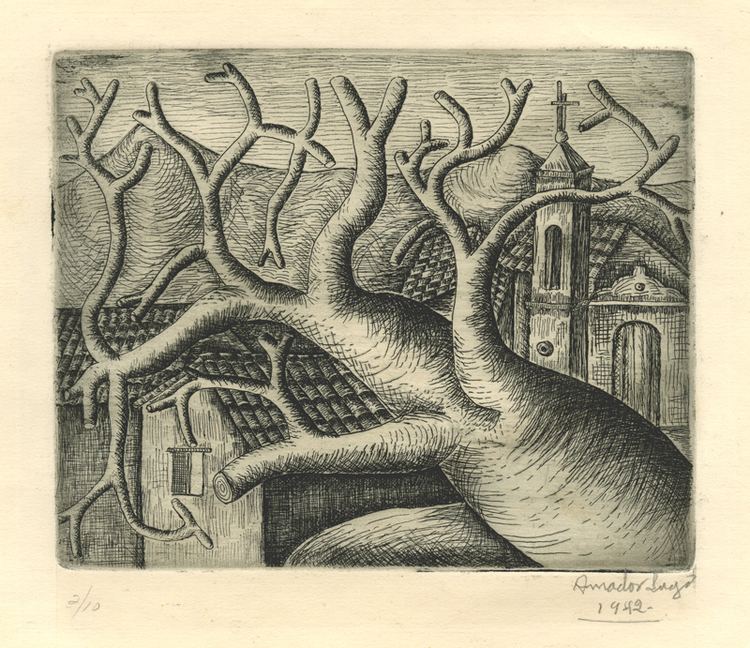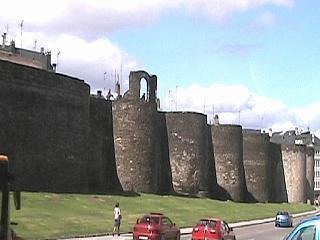Country | Population 98,457 (2012) Area 332 km2 | |
 | ||
Mayor Xose Clemente Lopez Orozco (PSdeG) | ||
Map of Lugo
Lugo ([ˈluɣo]) is a city in northwestern Spain in the autonomous community of Galicia. It is the capital of the province of Lugo. The municipality had a population of 98,560 in 2014, making it the fourth most populous city in Galicia.
Contents
- Map of Lugo
- Sara lugo feat protoje really like you official video 2014
- A place with no name choreography by danny lugo
- Population
- Geography
- Climate
- Classic guacamole recipe with chef gerardo vazquez lugo iron chef rob feenie
- References
Lugo is the only city in the world to be surrounded by completely intact Roman walls, which reach a height of 10 to 15 metres (33 to 49 feet) along a 2,117-metre (6,946 ft) circuit ringed with 71 towers. The walk along the top is continuous round the circuit, and features ten gates. These 3rd century walls are protected by UNESCO as a World Heritage Site. The bridge over the Minho is essentially of Roman date, though many repairs over the centuries have effaced its Roman character.

Sara lugo feat protoje really like you official video 2014
A place with no name choreography by danny lugo
Population
The population of the city in 2010 was 97,635 inhabitants, growing constantly since the first census in 1842, while the rest of the province is losing population dramatically. The population of the city in 2014 was 98,560 inhabitants (45.948 men and 52.612 women). From INE (Instituto Nacional de Estadistica)
In 2010 there were 5,373 foreigners living in the city, representing a 5.5% of the total population. The main nationalities are Colombians (18%), Moroccans (12%) and Brazilians (11%).
By language, according to 2008 data, 47.37% of the population speaks always or mainly in Galician, 52.63% speaks always or mainly in Spanish.
Geography
The town lies on a hill surrounded by the rivers Minho, Rato and Chanca. The difference in altitude between downtown and the river banks is considerable, while in the center of the city's altitude of 465 meters above sea level, at the height of the Miño River Walk is the altitude of only 364 metres (1,194 feet). The municipality of Lugo is the second largest in Galicia, with 329.78 square kilometres (127.33 sq mi) and 59 parishes. It should be emphasized that the outline of the city was declared a Biosphere Reserve by UNESCO on 7 November 2002, this being the most important recognition at international level regarding the conservation of landscapes and habitats of this Atlantic European region.
The area has been divided into more than 54 villages: Adai, Bacurín, Bascuas, Bazar, Benade, Bocamaos, Bóveda, O Burgo, Calde, Camoira, Carballido, Coeo, Coeses, Cuíña, Esperante, Gondar, Labio, Lamas, Lugo, Mazoi, Meilán, Monte de Meda, Muxa, Ombreiro, Orbazai, O Outeiro das Camoiras, Pedreda, Pías, Piúgos, Poutomillos, Prógalo, Recimil, Ribas de Miño, Romeán, Rubiás, Saa, San Mamede dos Anxos, San Martiño de Piñeiro, San Pedro de Mera, San Román, San Salvador de Muxa, San Xoán de Pena, San Xoán do Alto, San Xoán do Campo, Santa Comba, Santa María de Alta, Santa Marta de Fixós, Santalla de Bóveda de Mera, Santo André de Castro, Soñar, Teixeiro, Tirimol, Torible, O Veral, Vilachá de Mera.
Climate
Lugo has a humid oceanic climate with drier summers, Cfsb in the Köppen climate classification. Due to its remoteness from the Atlantic, its annual precipitation of 1,084 millimetres (42.7 in) can be considered low compared with areas of the Rias Baixas and Santiago de Compostela. The highest temperature recorded in history, 39.6 °C (103 °F), occurred in August 1961 and the lowest temperature was −13.2 °C (8.2 °F) in February 1983. The city has an average of six days of snow per year, which is a contrast to coastal cities of Galicia which have not received snow in modern times.
